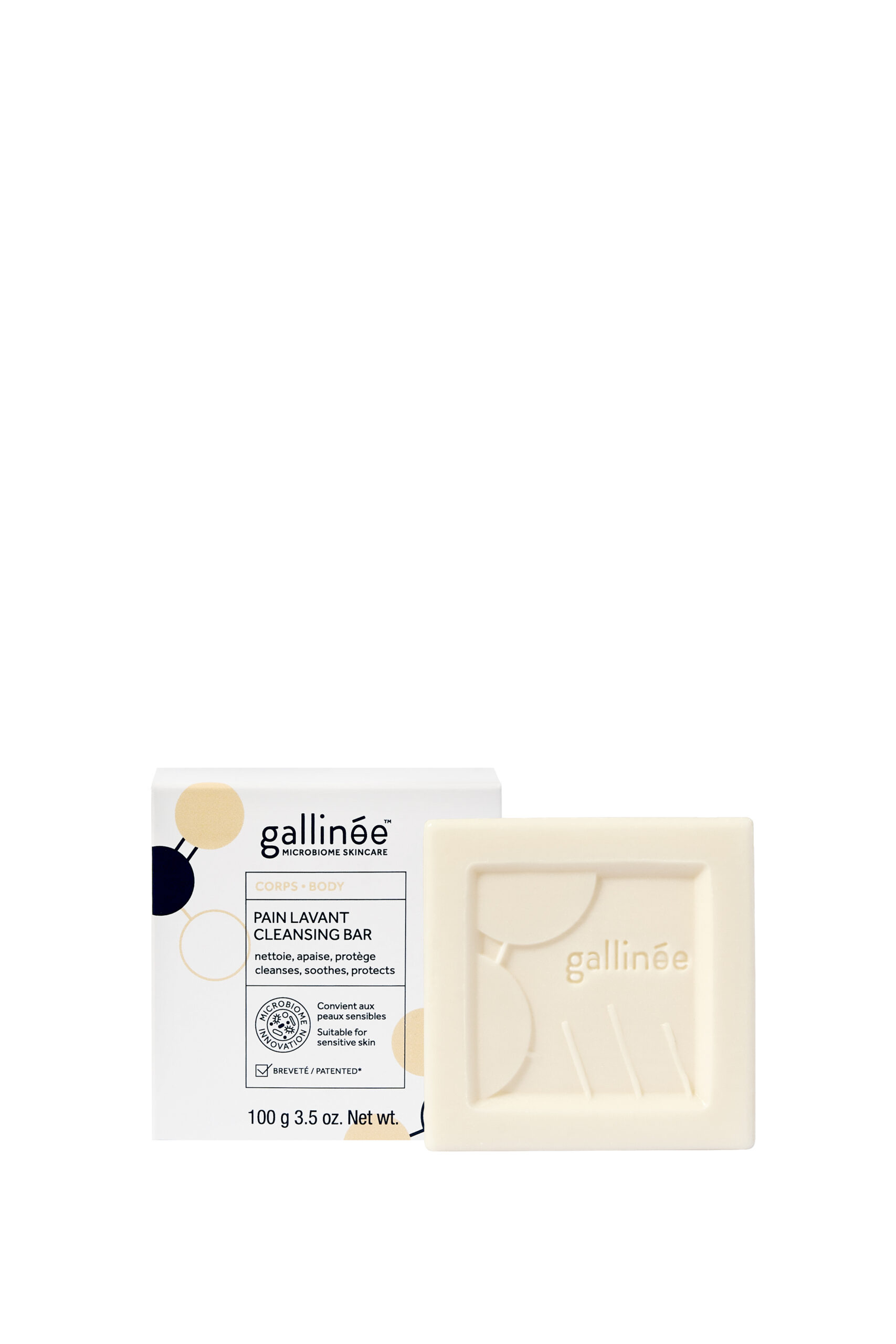Bonjour,
After learning about what exactly is eczema and where does it come from (here), let’s look at the solutions. Can the science of the microbiome cure eczema? The answer is yes. The real question is “how soon?”
What’s the link between atopic dermatitis and the microbiome? Until recently we didn’t thing there was one. But now, we know that even if eczema is a multifactorial disease (loads of different factors coming together for making your life a pain), there is always one bacteria present BEFORE the eczema lesion appear. Its name is Staphylococcus aureus, which means “the golden staphylococcus”. But don’t be fooled by its cool name, it’s not a bacteria we like, so let’s call it S. aureus to make our life easier.
The S. aureus (image below) grows and grows on skin, takes advantage of a weakened skin barrier, gets into the epidermis and creates a big immune response. The skin get inflamed, itchy, bumpy: you’ve got an eczema reaction.
It sounds simple but it’s actually quite new science, which means that most eczema treatment are a bit old school (read more here).

But now that we know how eczema work, what can we do about it?
Scientists are working on different approaches:
First solution: kill the nasty Staph. aureus, but without destroying the rest of the good bacteria on the skin. How do you do this? Well, some startups are finding some good bacteria such as S. epidermidis (“the staphylococcus of the skin”) that know how to destroy specifically S. aureus. Make these bugs work for you!
- When will this be available? Probably in a couple of years.
- Why we love it? Because it’s as natural as it gets. It’s very specific at destroying only the bad guy, so it doesn’t damage your microbiome. And there’s no side effect! We can’t wait.
Second solution: Feed the good bacteria in your microbiome to control and maybe starve the S. aureus. It’s both efficient and very gentle. How do you do this?
- You can add probiotics to the skin to stimulate your good bacteria
- You can feed your microbiome with prebiotics. It’s going to make it grow, and take all the room and all the food of S. aureus.
- You can play with the pH of the skin to encourage good bacteria to grow. S. aureus doesn’t like a pH5, so make sure all of your skincare routine including the cleansers are pH 5. Lactic acid for example can really help.
- Oh and of course, don’t strip your microbiome. It’s here to help, so only cleanse with ultra-gentle products.

Does this second solution ring a bell? Yes, Gallinée formulations were made to help support the microbiome. But, we are only a beauty brand and cannot replace a dermatology product : so, consult your doctor who will be able to find the right solution for you. Nevertheless, most of Gallinée products have been tested on skin prone to eczema and are extremely well tolerated.
Why?
- Gallinée products contain microbiome-friendly prebiotics, probiotics and postibiotics to support your microbiome and help it help you
- We test our products under dermatological control, but also on microbiome models, where we were able to show we can slow down the growth of S. aureus.
So what products can you use if you have a skin prone to eczema?
- Our Perfume Free Cleansing Bar and our Foaming Cleanser are both suitable for gently cleansing without stripping. The Perfume free cleansing bar is even suitable for the delicate skin of babies
- Our Face Cream, Eye Cream, Body Milk and Hand Cream are also perfect if your skin is prone to eczema. We’re got you covered. In cream.
- And for an inside-out help, our Skin & Microbiome Supplement has been designed for sensitive skin.
Et voila!
Marie Drago





















